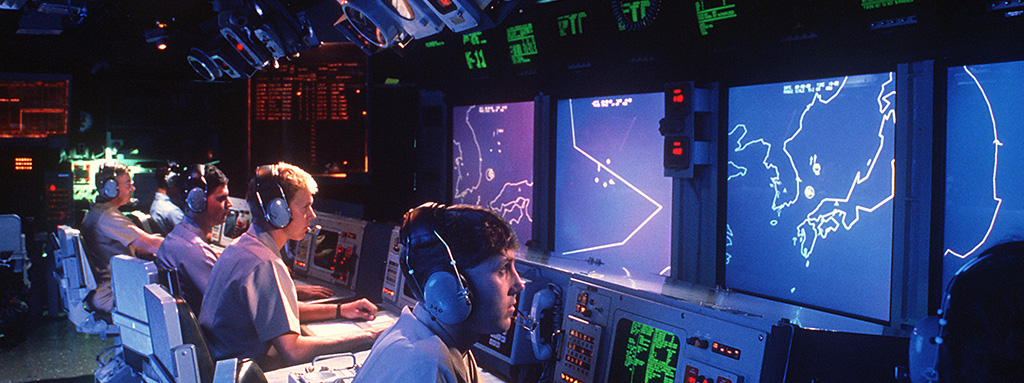Air forces try to reduce the vulnerability of their aircraft by attempting to make them less visible to the enemy. Before World War II, mimetic paint was used to circumvent the enemy’s visual means of detection, but since then radar has become the primary method for detecting aircraft, being capable of locating them from many miles away.
The effectiveness of aerial resources in any armed conflict is dependent on, among other capabilities, avoiding detection. Conversely, the enemy will work on appropriate countermeasures…
Low observable technology tries to conceal aircraft from radar by sending a focused beam of electromagnetic radiation. Part of this is reflected by the aircraft, and returns to the radar antenna. This reflected energy determines what the radar can and cannot see.
In World War II, bombers would throw thin strips of aluminium sheets called chaff, which were carried by the wind and formed huge clouds on enemy radar screens. This prevented them from finding out the precise location of the attacking bombers.
In the 1950s advances in radar technology made it possible to see through these clouds, and they therefore resorted to using electronic interference instead. Electronic countermeasures were placed on planes, able to emit false signals that blinded radars by obscuring reflected signals with stronger signals. Each new technological advance has always led to the emergence of a new countermeasure.
The Quail decoy missile introduced another system in the 1960s. It took advantage of the fact that an aircraft’s radar visibility was determined more by its shape than by its size. Shapes such as right angles concentrate radar signals and reflect them intensely. In this way, the Quail appeared to be the same size as a B-52 bomber on the screens of enemy operators. These aircraft would launch several Quail missiles with false courses to confuse the enemy about the number and location of attackers.
And if the Quail could appear larger on the radar than it really was, perhaps an aircraft could be configured in such a way as to make its image practically disappear. This idea led to low observable technology, popularly called stealth technology.
Nowadays there is talk that stealth aircraft like the Northrop Grumman B-2 Spirit or the Lockheed F-117 fighter can be detected by the new Russian Rezonans-NE radar. The Chinese aircraft KJ-600, a turboprop equipped with an Active Electronically Scanned Array (ASEA) radar that emits radio waves at different rapidly alternating frequencies, is also capable of doing so.
No doubt, once the technology behind this detection is understood, engineers will design new systems that try to circumvent it. The objectives will always remain the same: to see and to avoid being seen.



